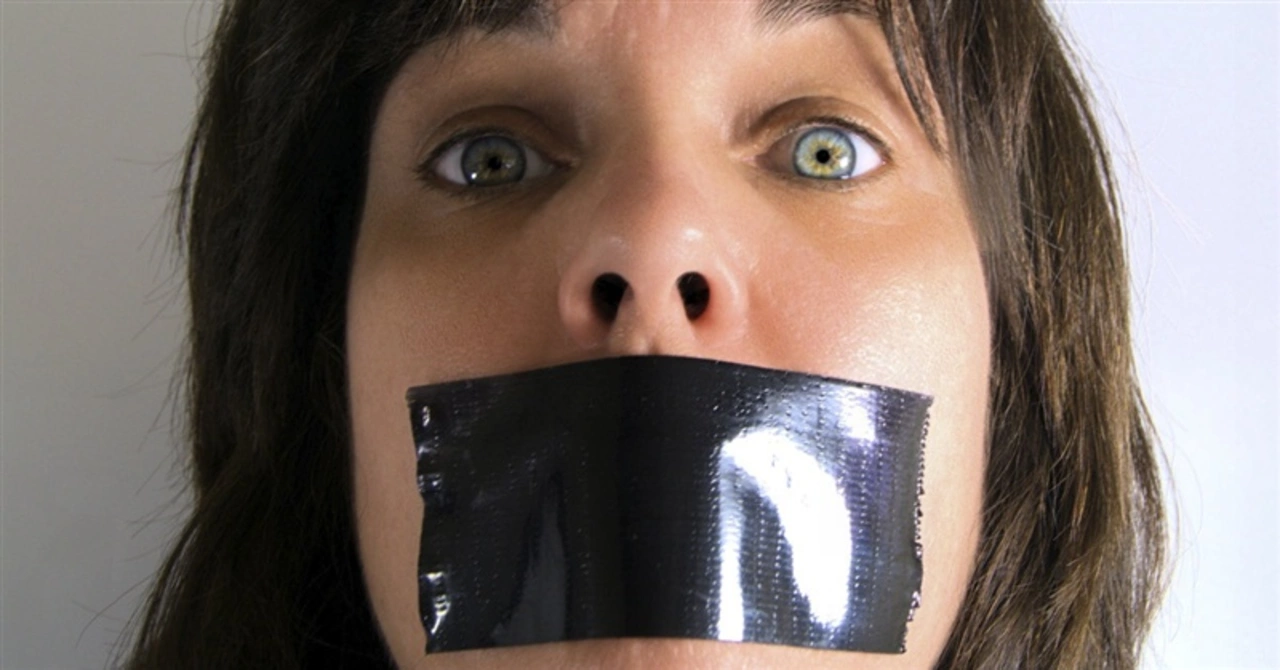Damage – What It Means Across Power, Play and Money
When we talk about damage, the harmful effect on people, equipment or systems that can be sudden or gradual. Also known as harm, it shows up in everything from a grid collapse to a busted football boot. Another key player is overvoltage, an electrical surge that can fry circuits and spark massive outages. In the sports world, sports injuries, physical damage to athletes that sidelines performance are a daily worry. And when money gets tangled, financial penalties, charges that erode personal wealth after a rule breach can feel like a silent demolition of savings.
Damage isn’t just a static concept; it connects to cause and response. For example, an overvoltage event triggers a regional blackout, a clear case where electrical damage spreads to millions of homes and businesses. This chain reaction illustrates the semantic triple: damage encompasses overvoltage incidents. The same pattern appears on the pitch – a poorly fitted pair of cleats can cause foot pain, leading to a sports injury. That injury then forces a player to miss games, which in turn can affect a club’s promotion chances, as seen in the tight Championship race.
How Different Types of Damage Interact
Understanding damage means looking at the tools and rules that try to prevent it. In power networks, protective relays and backup generators are the skills required to limit the fallout of an overvoltage spike. In football, proper warm‑ups and equipment checks are the methods that keep injuries at bay. Meanwhile, tax advisors and clear record‑keeping are the resources that help individuals avoid financial penalties after a stamp‑duty error. These relationships form the triple: damage requires proper safeguards. When any safeguard fails, the damage spreads, whether it’s a city in darkness, a player on the bench, or a taxpayer facing a hefty bill.
Each of these worlds also shares a common response strategy: rapid assessment, targeted repair, and learning for the future. After the Iberian blackout, grid operators launched investigations, upgraded surge protectors, and shared findings across Europe. After a footballer’s injury, coaches adjust training plans, replace damaged gear, and monitor recovery metrics. After a stamp‑duty mishap, HMRC may issue penalties, but the taxpayer can appeal, correct the return, and adopt stricter accounting practices. This illustrates another semantic link: damage influences corrective actions.
Below you’ll find a curated mix of stories that illustrate these points. From the massive power failure that left 60 million people in the dark, to the debate over whether cleats should ever hurt, and the tax case that shows how financial damage can ripple through a household – each piece adds a layer to the bigger picture of damage. Dive in to see how these examples play out, spot the warning signs, and learn what steps can keep the next wave of damage at bay.

Will duct tape damage soccer cleats?
As a soccer enthusiast, I've been wondering whether using duct tape on my cleats could cause damage. After doing some research, it seems that while duct tape may provide a temporary fix, it can potentially harm the material and overall structure of the cleats. The adhesive could leave a residue on the shoes, which might affect their performance. Additionally, if the tape is applied too tightly, it could cause pressure points and discomfort. In conclusion, using duct tape on soccer cleats may not be the best long-term solution, and it's better to invest in proper repairs or replacements if needed.
Read More